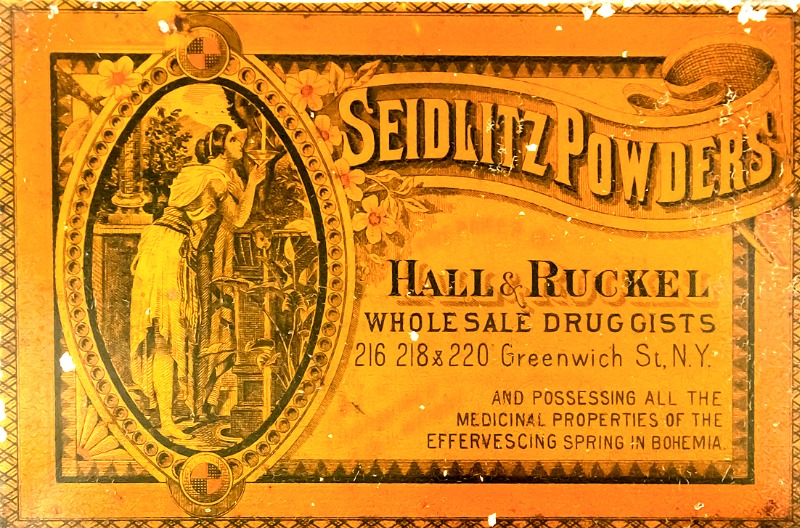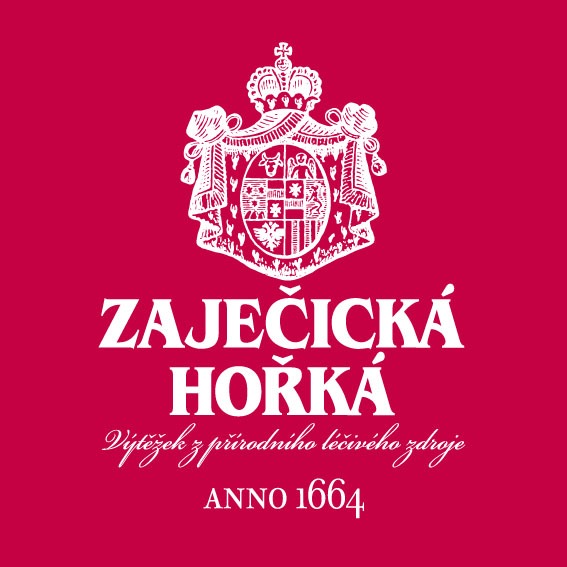1717 Dr. Friedrich Hoffmann
The personal physician of the King of Prussia, Dr. Fridrich Hoffmann, found a bitter salt well in Sedlec near Most in 1717. In 1725, he sends a document about the newly found bitter salt cleansing springs to the European noble courts. They immediately start to be used in the Teplice spa, and the bitter salt drinking cure becomes a sought-after procedure. These resources replace the mined resources in Epsom and bitter salt (magnesium sulfate) gets a second name: "Sedlecka salt"
1733 Peasant mining
In these years, peasant extraction of bitter springs near Zaječice began. Every landowner tried to build wells and sell the extracted water. However, true bitter water was only found in certain places.
1780 Bitter salt cures attract visitors
Zaječická is known as the purest bitter salt spring, and its fame is beginning to spread throughout the world. (SEDLITZ is better pronounced by English speakers, according to the municipality of Sedlec). Zaječická stands at the very birth of the Czech spa industry and is used in the spas of Karlovy Vary and Teplice. (Carlsbade and Töplitz)
1781 Zaječická at the birth of the Czech spa industry
Both spa springs bottled in the Lobkowicz Directorate of Springs are gaining pan-European recognition.
1810 Goethe visits areas in Mostek
During his visits to Bohemia, the famous poet and geologist Johann Wolfgang von Goethe admired the natural healing springs in the area around Bílina and Most.
1823 Imitation of "Saddle Powder"
Zaječická bitter water has become a model for world pharmacy, and manufacturers collectively name their preparations after Zaječická bitter water (Seidlitz). Balneologists from developed countries are protesting and drawing attention to the exceptional qualities of Zaječice bitter water.
1831 Museum of the Kingdom of Bohemia
In the first national revival publications, Zaječická voda is already assigned to the wealth of the Czech nation. Already then, Zaječická is "known everywhere in Europe for the need for medical treatment".
1850 New bottling plant
The new bottling plant and distribution building in Bílina is ready for the introduction of a technical innovation, the railway. A national call for the establishment of the Prague-Duchcovská Railway is issued.
1853 Das Saidschitzer Bitterwasser publication
Josef Löschner, the future personal physician of the Austro-Hungarian Emperor Franz Joseph I, publishes Das Saidschitzer Bitterwasser
1874 Prague-Duchcovská Railway
After the railway loading station was built a few years in advance, in 1874 the station of the Lobkovice Industrial Directorate of Springs was connected to the railway network of the Prague-Duchcovská railway and then the Teplice-Ústecké railway.
1880 Laboratory Hare
Laboratorium Zaječická systematically improves collecting in the bitter salt zone and consumes a world-renowned medicine. As Saidschitzer Bitterwasser it is entered in all world encyclopedias as a thing known throughout the civilized world.
1889 J. Jacob Berzelius
Jöns Jacob Berzelius, a prominent Swedish chemist, conducts analyzes of Zaječica bitter water, the first detailed chemical analysis in Europe.
1890 Berzeli's work makes Bílinská vody phenomenally popular in Scandinavia
Thanks to Berzelia's personal popularity in his native Sweden and his extensive publishing activities, Zaječická hořká and Bílinská kyselka become almost a social obligation in Scandinavia. The German name Saidschitzer is used.
2013 Popular in China
Due to its penetrating effect, Zaječická bitter water is gaining great popularity in China. It represents the Czech spa industry together with Bílinská kyselka.
2013 Water Culture Conference in Beijing
Zaječice bitter water as the main star of European natural healing resources at the water culture conference in Beijing.
Things

Saidlitz Powders
In the course of the 19th century, counterfeits and imitations of the products of the princely Lobkowicz bottling plant flooded the world. These were well known all over the world for their beneficial effects. Therefore, simply referring to these proven brands created a feeling of guaranteed quality in the clients of pharmaceutical manufacturers. This is also the story of Sedlecké powders (Seidlitz Powders), whose name referred to Zaječická bitter water, better known to the English-speaking nation under its easier-to-pronounce and spellable name Sedlecká voda (SEDLITZ Wasser).
